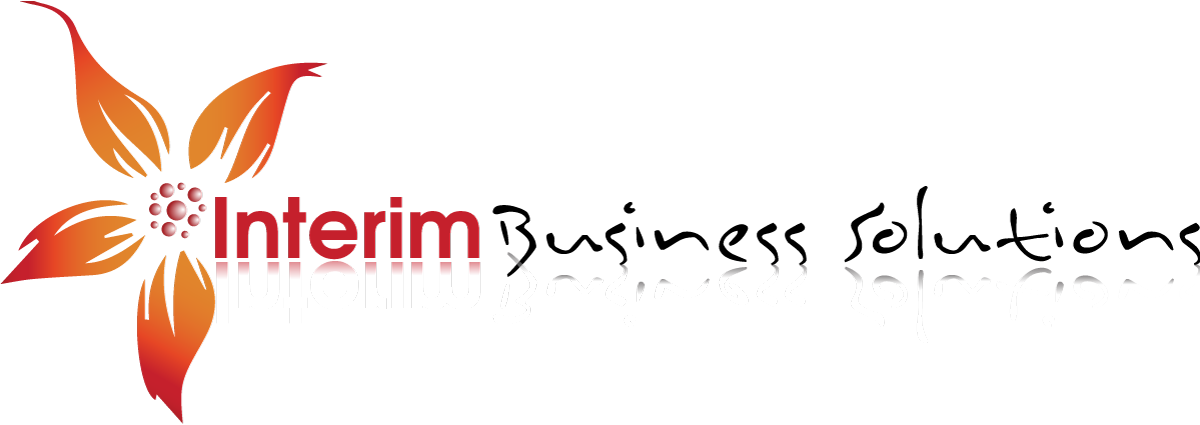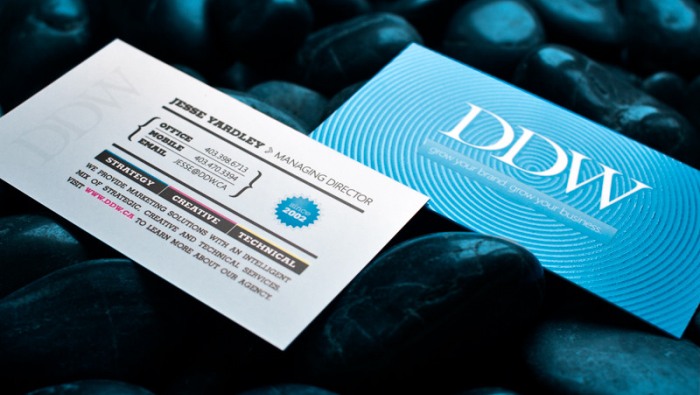You have a business card – why wouldn’t you? The thing is, how do you get other people to share it? You put card holders in strategic places, hand them out at social functions, yet it feels like you’re working really hard and not hearing the phone ring. Maybe what you need is to make your card a little more shareable.
Have your cards custom designed to match your brand
If you’ve ever seen offers online for free business cards, or discounted cards, you’ve probably wondered what the catch is. There doesn’t seem to be one. Well, there is, and it’s a doozy. Those free business cards aren’t custom-designed. They look like everyone else’s card. And, that’s where you start losing money.
What good is a free card if you don’t get sales from handing them out? Those free cards typically use templates – templates that everyone else is using. They look generic because they are generic. When you buy business cards, get a custom design. It will allow you to incorporate your own trademarked brand into the card – differentiating yourself from everyone else.
Use heavier stock
Traditional business cards use as low as a 14lb stock. This is really pretty lightweight as far as paper is concerned. A heaver stock means thicker, more professional, business cards. Shoot for 20lbs, minimum. Some really high end places will cut 30lb stock.
The thicker the business card, the more difficult it will be to bend, tear, and destroy. Think of it as an investment in your brand.
Use both sides
Most companies only use half of the business card. This is a huge waste of real estate. Instead of only using one side of the card, use two. It gives you more room to advertise. So, for example, you could put all of your contact information on one side of the card and use the back to tell prospects the unique selling proposition of your company.
You might list three of the most important values your company offers to the marketplace. For example, if you sell fishing supplies, maybe your unique selling proposition is that:
1) you sell live bait that’s only a day old;
2) you only sell a particular kind of bait that’s proven to improve attraction by 30 percent; and
3) you are guaranteed never to run out of stock
You would put something like that on the back of your card, while using the front of the card to tell prospects where you’re located, your business hours, your phone number, web address, and other contact details as well as the name of your company (obviously).
Extend an offer with it
QR codes are becoming more and more popular these days. With a business card, you can print a special bar code right on the card that will take individuals to a web page of your choosing when they scan it with their phones. The ability to do this means that you could offer special discounts, information, or incentives right on the card. You could even offer free information that’s highly shareable. It effectively expands the inherent limits on your card.
Use a fold-out design
Fold out designs are another way to extend the inherent space limits of a business card. They do require special printing instructions and layout, but they also have a “wow” factor that’s worth the additional cost. Imagine handing out a business card with an “exploding” design – sort of like a popup book. If you have a good marketing message on the card, it’s going to get noticed.
Think outside the box
There aren’t really any rules about card design, even though you probably read about implied etiquette from time to time. Really, the “standard size” is standard because that’s what business card printers and holder-makers make. That doesn’t mean that you have to follow the crowd. Remember, business cards that go into a card holder often get lost. Stand out. Don’t fit in. Your bank account will thank you for it.

